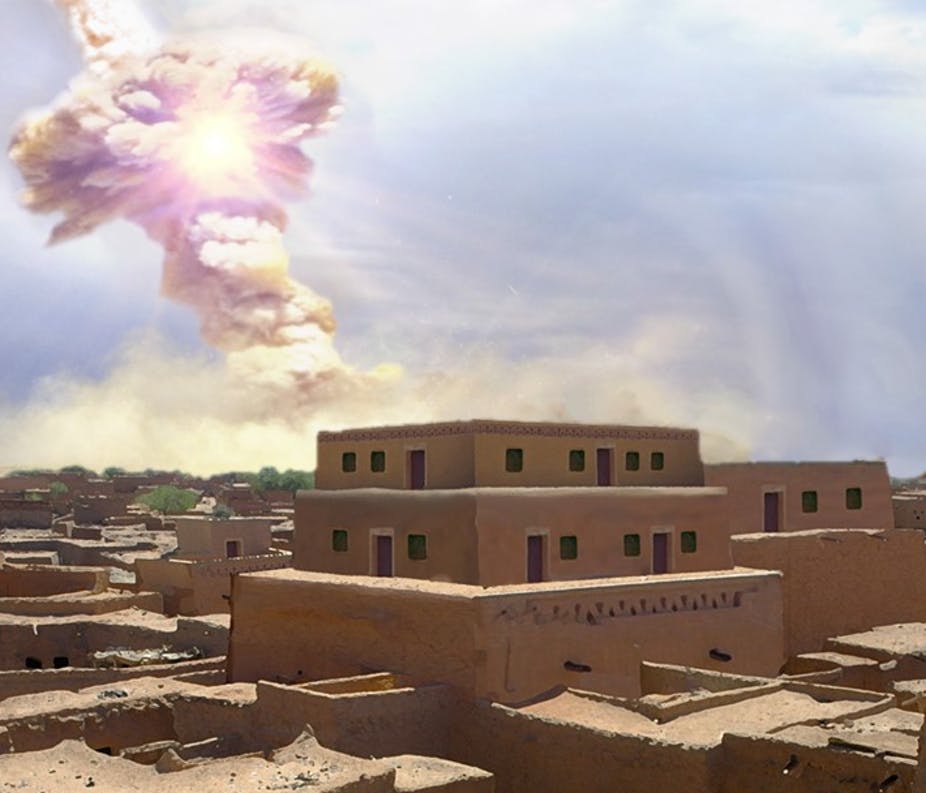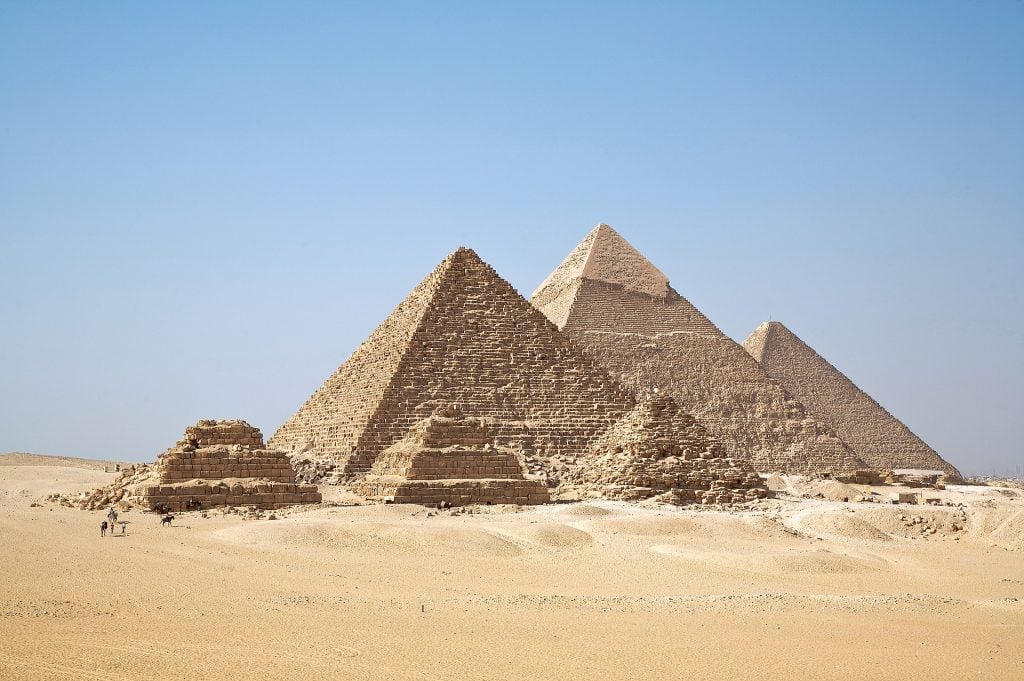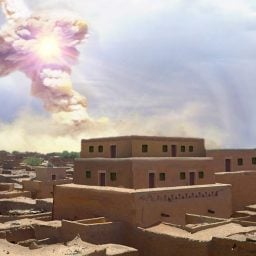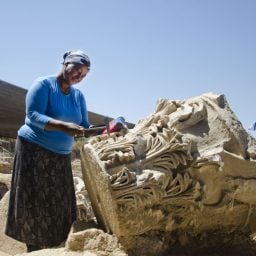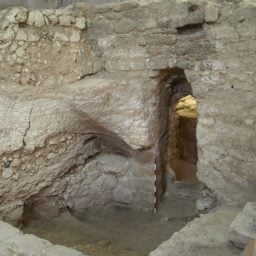It all started with Sodom, the legendary biblical sin city. In the Middle Bronze Age, the site was supposedly destroyed by God as punishment for its citizens practicing all manner of damnable activity. The city, along with its counterpart Gomorrah, were mentioned frequently in the New Testament and the Quran, with prophets in both holy texts revealing stories about how they were razed to the ground, succumbing to fire and brimstone, never to be seen again.
That is, until recently. In 2021, the peer-reviewed journal Scientific Reports purportedly uncovered evidence of the ancient city. The find went viral. Researchers, biblical scholars, and even celebrities took to the internet to proclaim Sodom that had finally been found.
The study reported that Sodom was likely destroyed by a cosmic air burst at a site called Tall el-Hammam, in what is present-day Jordan. Syndicated by the journal Nature, it was picked up by more than 175 news outlets, from the Times to our own Artnet News. It was even retweeted by Canadian astronaut Chris Hadfield, who has over two million followers.
But there was a problem. A contingent of scientists took to the internet to call the study a farce, arguing that it was nothing more than a form of “pseudoarchaeology.” Defined by experts as a sensationalist misuse of data gathering and evidence, pseudoarchaeology can attempt to use quasi-scientific methods to give credence to religious theories. The term initially evolved from “cult archaeology” developed in the 1980s, meant to differentiate studies that ambivalently employed scientific methods, often to arrive at predetermined conclusions based on intuition or ethnic or religious dogma.
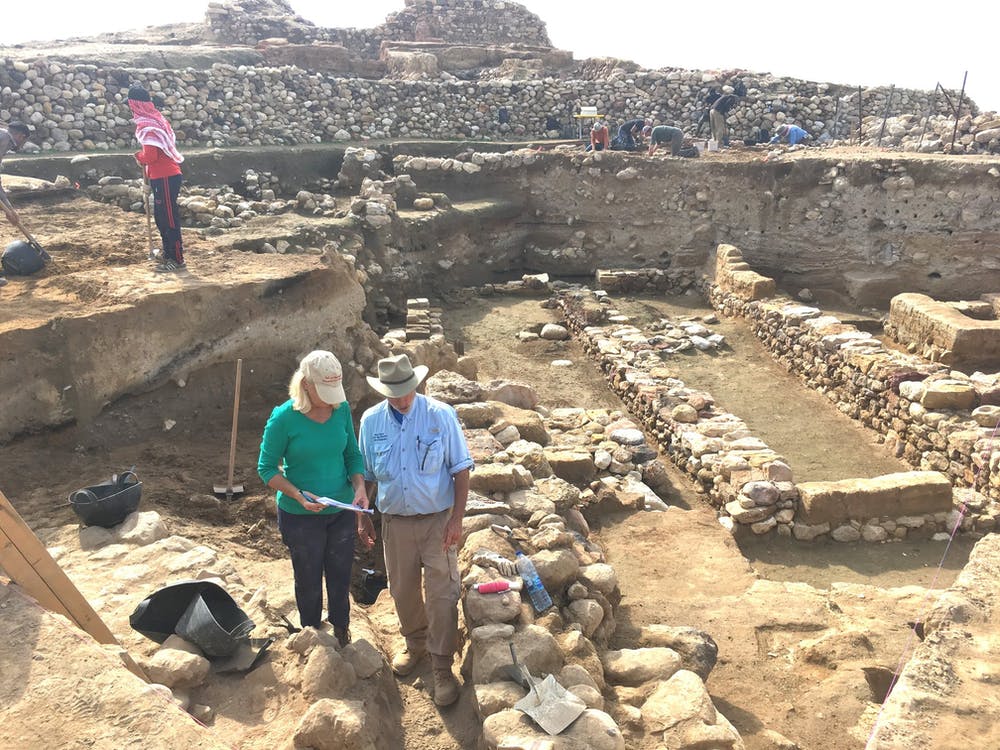
Researchers stand near the ruins of Tall el-Hammam’s ancient walls, with the destruction layer about midway down each exposed wall. Photo by Phil Silvia, Creative Commons Attribution-NoDerivs 4.0 Generic license.
The Real Sodom?
In the case of the Sodom study, scientists called attention to the allegedly poor scientific methods used, as well as critiques of unclear analyses of biological remains, edited images, an overt religious agenda, and misinterpretations of stratigraphic data.
Malcolm LeCompte, a researcher and author of the original study, denied any claims of tampering or wrongdoing and emphasized that the findings were based on peer-reviewed scientific methods. He added that any alterations to the results were “cosmetic” and did not change the overall results.
Instead, he took aim at the way the study was interpreted by the public. The report, he said, merely made the “suggestion,” rather than the “claim” that he and his colleagues had located Sodom. He stood by the evidence that a massive cosmic outburst occurred at Tell el-Hammam, and noted that no peer-reviewed journal has proposed an alternative explanation for the high temperatures identified.
“Personally, I don’t care what Middle Bronze Age city it is—the evidence of the airburst-impact event is sufficiently compelling to warn Earth’s current inhabitants of the danger of such an event in our modern era,” LeCompte told Artnet News.
Nevertheless, the controversy has spurred renewed debate on the dangers of pseudoarchaeology—not only the consequences of generating false or misleading narratives about the past, but also, crucially, how those narratives may impact the present.
A Tool for Bias
Sarah Bond, a professor of history at the University of Iowa who has published extensively on the subject, says that pseudoarchaeology is often used to imbue scientific racism and racial bias into ancient history.
Recent examples of this range from the notion that aliens built the pyramids in Egypt to highly contested Azeri claims that Armenian churches in the region of Nagorno-Karabakh belong to the extinct Albanian church, and even more recent claims that Khachkars, Armenian gravestones that date to the 9th to the 14th centuries, were forged and treated with various substances, including vinegar, to give them the patina of dating to medieval times.
“Pseudoarchaeology is flat-out problematic,” said Arie Amaya-Akkermans, a Classicist based in Istanbul and contributor to the popular blog Sententiae Antiquae. Myths like the aliens creating the pyramids perpetuate “a racist version of history that downgrades the contributions of non-White cultures.”
“When you assume that there’s not a connection between the ancient past and the present peoples of the Middle East,” he continued, “there’s a temptation to erase or get rid of objects that might otherwise not fit neatly into historical narratives.” At the same time, he added, pseudoarchaeology can also “be used as a pretext to invade lands, displace people, or plunder objects of a cultural or religious importance.”
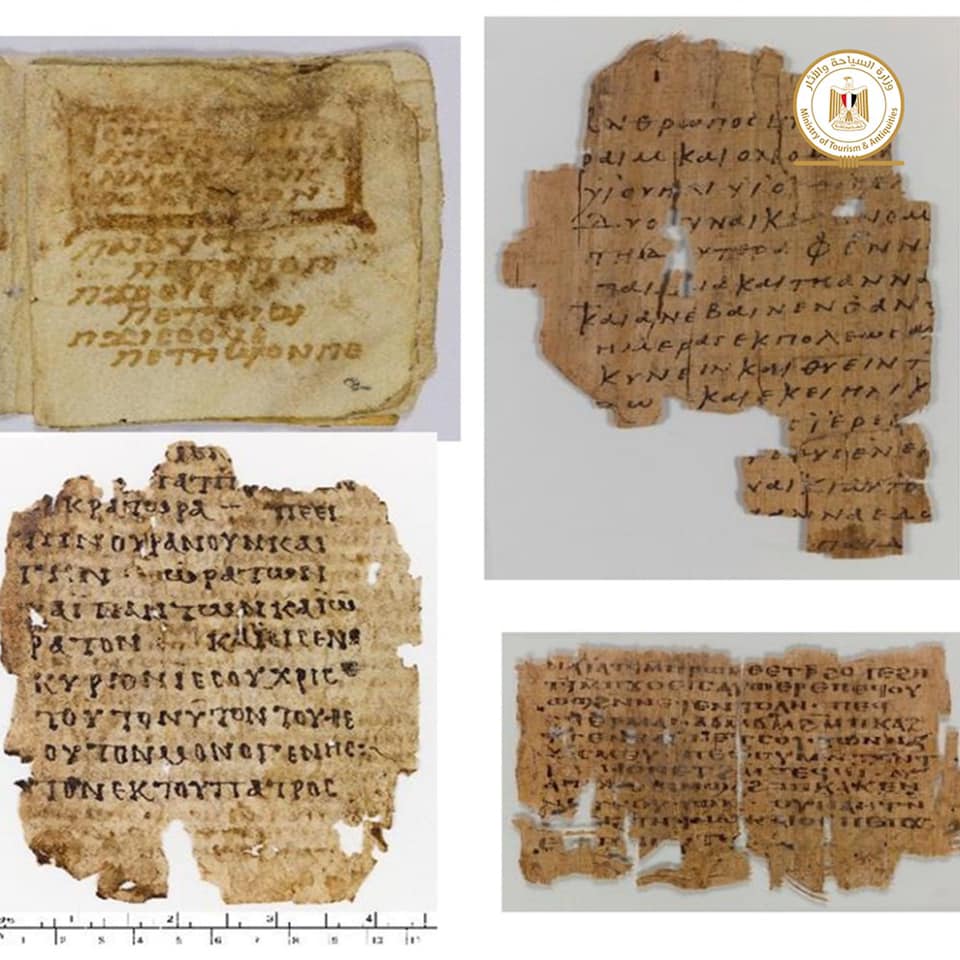
Artifacts returned to Egypt from the Museum of the Bible. Photo courtesy of the Egyptian Ministry of Tourism and Antiquities.
Biblical Archaeology
One of the most prominent threads of pseudoarchaeology, Amaya-Akkermans notes, is biblical archaeology, the study of archaeological sites in the Ancient Near East. Employing evidence drawn from biology, geology, paleontology, primatology, and archaeology, excavations are often financed by churches or religious groups—which often encourage findings with a religious underpinning.
“Biblical archaeology is perhaps one of the worst examples of ideology and fundamentalism operating as science,” Amaya-Akkermans said, pointing to creationist displays in the Museum of the Bible in Washington, D.C., or the Bible Lands Museum in Jerusalem.
The conventions of Biblical archaeology date back at least 200 years, researchers say. One of its most influential advocates, an American scholar named William Albright, spent much of the early 20th century conducting now-discredited research that was used to justify the annexation of Palestinian land.
His findings have now largely been debunked, including one notable study that claimed to have found “proof” of burned rubble near Jericho that related to a story in the First Testament Book of Joshua. But his methods continue to inform religious scholars who attempt to use archaeology as a means of justifying territorial expansion.
As the Atlantic reported in 2013, these agendas also impact who is permitted to dig where. Israel’s Civil Administration, rather than the Palestinian Authority, is exclusively empowered to grant archaeologists access to the West Bank. Some fringe applicants with relatively little experience gained access but were denied permission to dig in more tightly restricted Israel, archaeologist Raphael Greenberg told the magazine.
Amaya-Akkermans cites similar tensions in modern-day Turkey, where attempts to erase historical connections to Ancient Greek culture are underpinned by false pan-Anatolian narratives, while Greek attempts to wipe out traces of Ottoman archaeology are designed to fit into its continuity theory of Greece as a great ancient nation, bereft of other influences.
The problem with the past is that it can be easily changed, Amaya-Akkermans concludes. “When the present becomes uncomfortable,” he cautioned, “you start tampering with the past to fit a certain narrative of the present.”
In other words, to paraphrase the famous George Orwell quote: he who controls the bulldozer controls the past, and he who controls the present controls the permits to dig.
